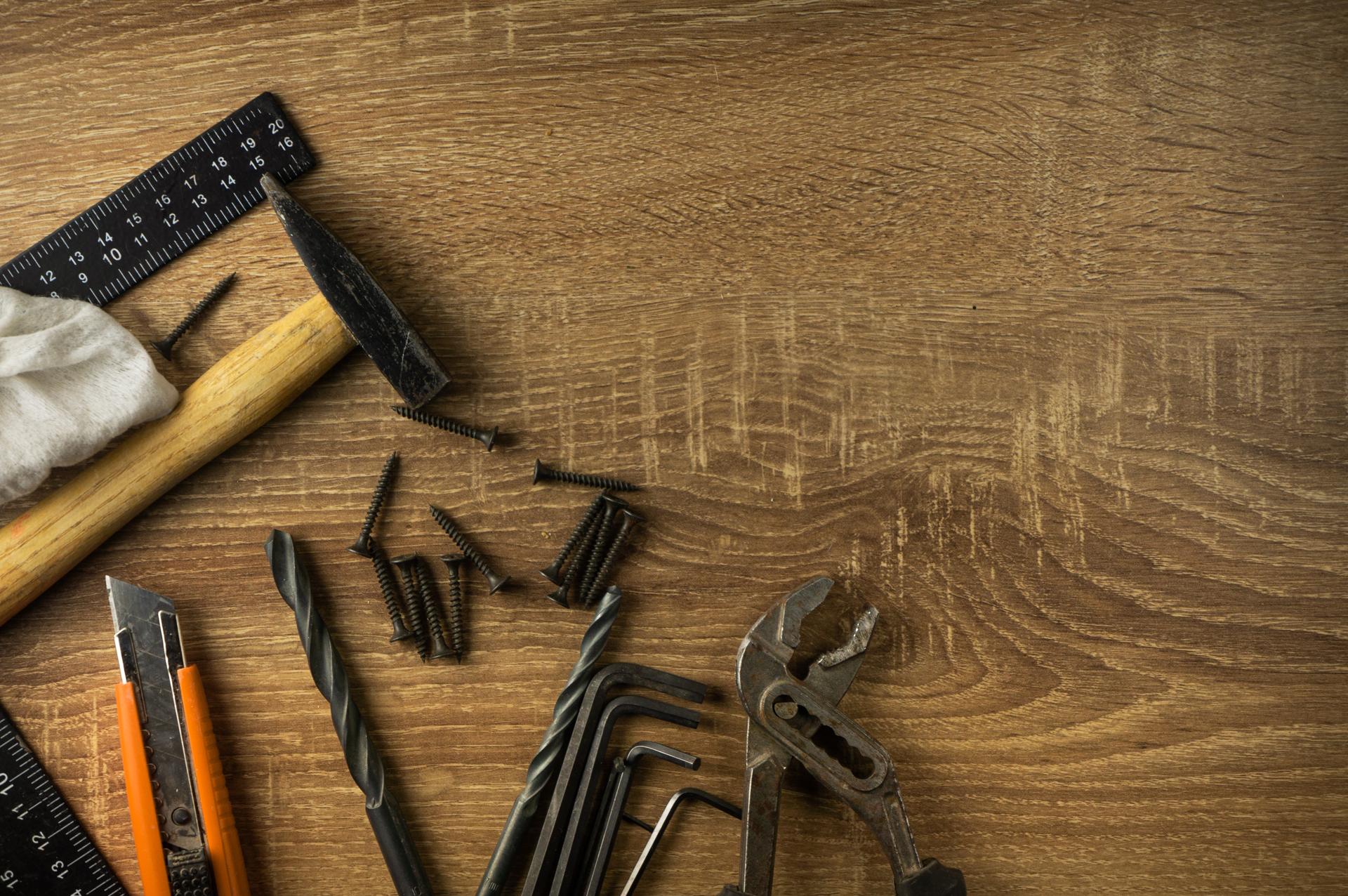Plumbing Problems at Home? Here's How to Fix Them Yourself!

Plumbing systems are an integral part of every household. If they’re not properly maintained, they can become the source of numerous problems which can cause inconvenience and expensive repairs.
But, there are many advantages of learning to fix minor plumbing issues yourself, like saving money and gaining valuable skills. This article we’ll cover common plumbing problems and how to fix them yourself. them.
Common Plumbing Problems
Dripping Faucets
Dripping faucets are not only irritating, they also use up a large volume of water during the course of. The most common cause of the faucet to drip is a damaged washer or O-ring. To remedy this problem switch off the supply of water for the faucet. remove the handle, and replace the worn-out washer or O-ring.
Running Toilets
A running toilet is another frequent plumbing problem that could result in a significant loss of water. The most typical reason is a defective flapper valve that’s not sealing correctly, allowing water to escape from the tank and into the bowl. To resolve this issue, turn off water to your toilet. Then, take off the tank lid, and adjust or replace your flapper valve.
Clogged Drains
Drains that are clogged can be caused by various things such as hair, soap, and food particles. To resolve this issue you could try using a plunger or a drain snake to eliminate the clog. Alternatively, you can use a mixture of baking soda and vinegar to dissolve the clog.
Low Water Pressure
The low pressure in the water can be caused by various reasons, such as the buildup of minerals within the pipes or a faulty pressure regulator. To remedy this problem it is possible to clean the aerator or replacing the pressure regulator.
Tools Needed for DIY Plumbing
To perform DIY plumbing, you’ll need a few essential tools like the plunger, an adjustable wrench pipe wrench, Teflon tape and a screwdriver. The tools you have on hand will make it easier to solve minor plumbing problems.
Tips to be Safe when doing your own plumbing
Security should be top of mind when making any DIY plumbing repairs. Some safety tips to remember include turning off the water supply before making any repairs, and wearing safety glasses and gloves as well as keeping a first-aid kit in case of emergencies.
DIY Plumbing Techniques
For fixing common plumbing problems, you will need to master some DIY plumbing tips, like how to shut off the water supply, how to fix a dripping faucet or a running toilet and how to clear a drain, and how to boost the pressure of water. These methods can save you time and money on minor plumbing repairs.
Conclusion
Learning how to fix small plumbing issues yourself is beneficial in various ways. It’s not just a way to save you money, but it could also give you a sense of accomplishment and valuable knowledge. However, for more significant plumbing issues, it’s always recommended to contact an experienced plumber.
FAQ
Can I fix a plumbing problem myself?
Yes, you can fix minor plumbing issues yourself, by learning basic plumbing skills.
What are the most frequently encountered plumbing problems?
The most frequently encountered plumbing problems include dripping taps and toilets that run blocked drains, and low pressure water.
What tools do I need to do my own plumbing?
You’ll need some important tools, such as an adjustable wrench, a plunger, pipe wrench, Teflon tape, and a screwdriver.
Is DIY plumbing safe?
DIY plumbing is safe if you follow safety guidelines and take proper precautions.
What is the best time to call a professional plumber?
You should contact a licensed plumber to address plumbing issues that require specialized equipment and experience.
